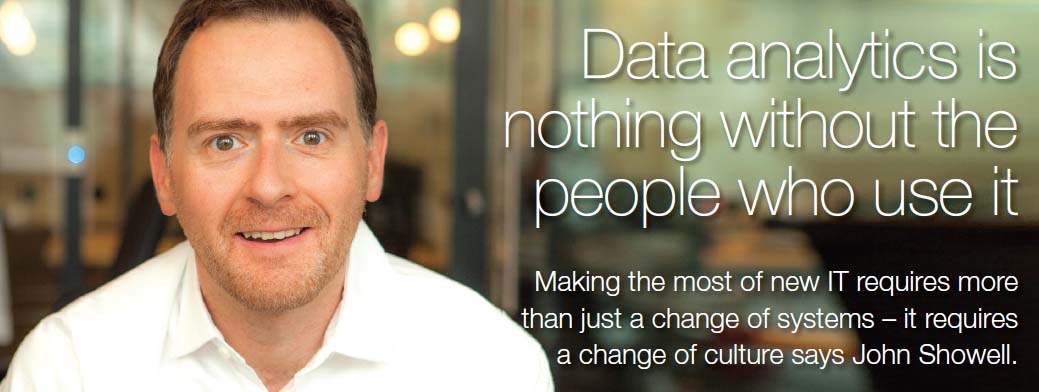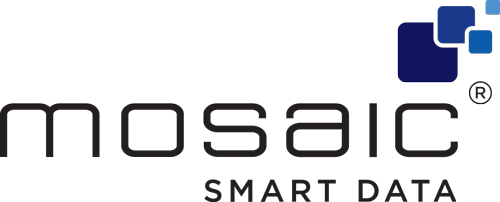
We are in the midst of a data analytics and artificial intelligence (AI) hype cycle. Every week yields a crop of new articles on how this technology promises to transform the financial services industry. Sadly, for many companies these promises will remain largely unfulfilled. To realise the true potential of data analytics requires more than simply building the technology.
Success depends on large-scale integration and user adoption of such technology. It is vital that the insights that data analytics produce are not hoarded by a select few, but accessible throughout an organisation. This ‘democratisation of data’ ensures that diverse users across sales, trading and management can benefit from the insights this technology offers.
Engage users
Ensuring that all users feel confident using new technology is a key challenge. If users are not properly supported, the organisation runs the risk of having its advanced new data analytics technology left to gather dust on the shelf, its game-changing insights untapped. To prevent this, end users must be engaged in a change programme to familiarise them with the new technology and enthuse them about its potential.
Ensure an intuitive user experience
By far the easiest way to help users feel confident using a new system is if they can pick it up and immediately understand how to use it. The emotion that we feel towards our everyday products (think smartphone) is often the strongest driver of adoption and retention of those products, and advocacy for them.
In this regard, the world of consumer technology is streets ahead of most enterprise software. No one who buys an iPhone needs a lengthy on-boarding course to get started. Even small children very quickly master its intuitive touch and swipe navigation system.
This is the level of usability enterprise software must strive for; creating a user experience which is natural, uncluttered and customisable to allow every user to adapt it to their particular needs.
Where training is required it should comprise focused, practical tuition. According to IBM research, a classic lecture-based training programme delivers just 10% information retention after a three-month period. By contrast, an approach that focuses on allowing users to instantly apply learning to their everyday workflow generates near full information retention.
Simulations are an effective way to allow users to try out the technology in a safe, sandboxed environment. Most importantly, support should be on-hand to answer questions and provide ad-hoc training as users begin to employ the new technology in their working day.
Create user buy-in
Giving users an understanding of the new software isn’t enough to change work practices and embed its use in the organisation, however. Users also need to be given clear motivation to embrace the new technology and change existing workflows.
A classic way to enthuse staff in change management theory is to demonstrate how the new data analytics software can boost the business bottom line.
This is a powerful argument, but research by McKinsey shows that simply demonstrating the impact a new system will have on the business will only motivate around 20% of users. McKinsey’s research identified five motivating factors, each motivating roughly a fifth of the workforce, which are: (1) wider society; (2) the customer; (3) the team within the business; (4) the individual worker; (5) the business. A successful change programme necessitates building a compelling narrative that addresses each of these motivating factors.
Mapping these onto our business we then develop a change rationale as follows:
• Mosaic Smart Data will bring standardisation of trade analytics to financial markets. It will mean that good clients can be separated from toxic or anti-social flow, resulting in better pricing for better clients.
• Mosaic Smart Data will enable our clients to better understand their customers and therefore better serve their needs.
• Our analytics help identify opportunities and threats, thereby facilitating informed discussions between traders and sales people and boosting team productivity.
• By providing predictive, real-time and retrospective analytics Mosaic Smart Data provides the user with an array of insights that are objective and actionable. These can then drive targeted conversations with customers, resulting in changes to trading behaviour and direct impacts on revenue.
• These improvements to individual and team performance, coupled with improved customer service, will drive revenue for the business. The holistic view of customer flow will also allow management to track performance of entire businesses and make informed and strategic decisions based on the data.
Only by telling this complete story can the whole organisation be motivated to adopt a new data analytics platform.
Measure progress
“Measure what is measurable and make measurable what is not so” – Galileo Galilei
It is vital to measure the success of any implementation. Defining what success looks like is the first step, and this should be quantifiable. Clear performance indicators allow the business to measure and monitor the effectiveness of the technology and its implementation. Goals should be measurable, limited in number and have clear deadlines, and ensuring goals are aligned throughout the organisation is a vital step.
To reduce bias when assessing the implementation, success and failure should be quantifiable and clearly defined. Success must encompass the ability of the solution to meet the pre-defined objectives, enabling better communication through informed, data-driven conversations and decision making across the organisation.
Measuring the success of the solution and the change management programme ensures that the business is getting the most out of its new data analytics software. Part of this is clearly connecting the work of employees to the company’s overall strategic plan. If new software is delivering the intended productivity boost but users still find using the solution daunting, then the change programme cannot be considered a success.
By motivating users throughout the whole business, and giving them the training and tools to use the solution effectively, data analytics can have a transformative effect on financial services operations and their bottom line.

©Markets Media Europe 2025























